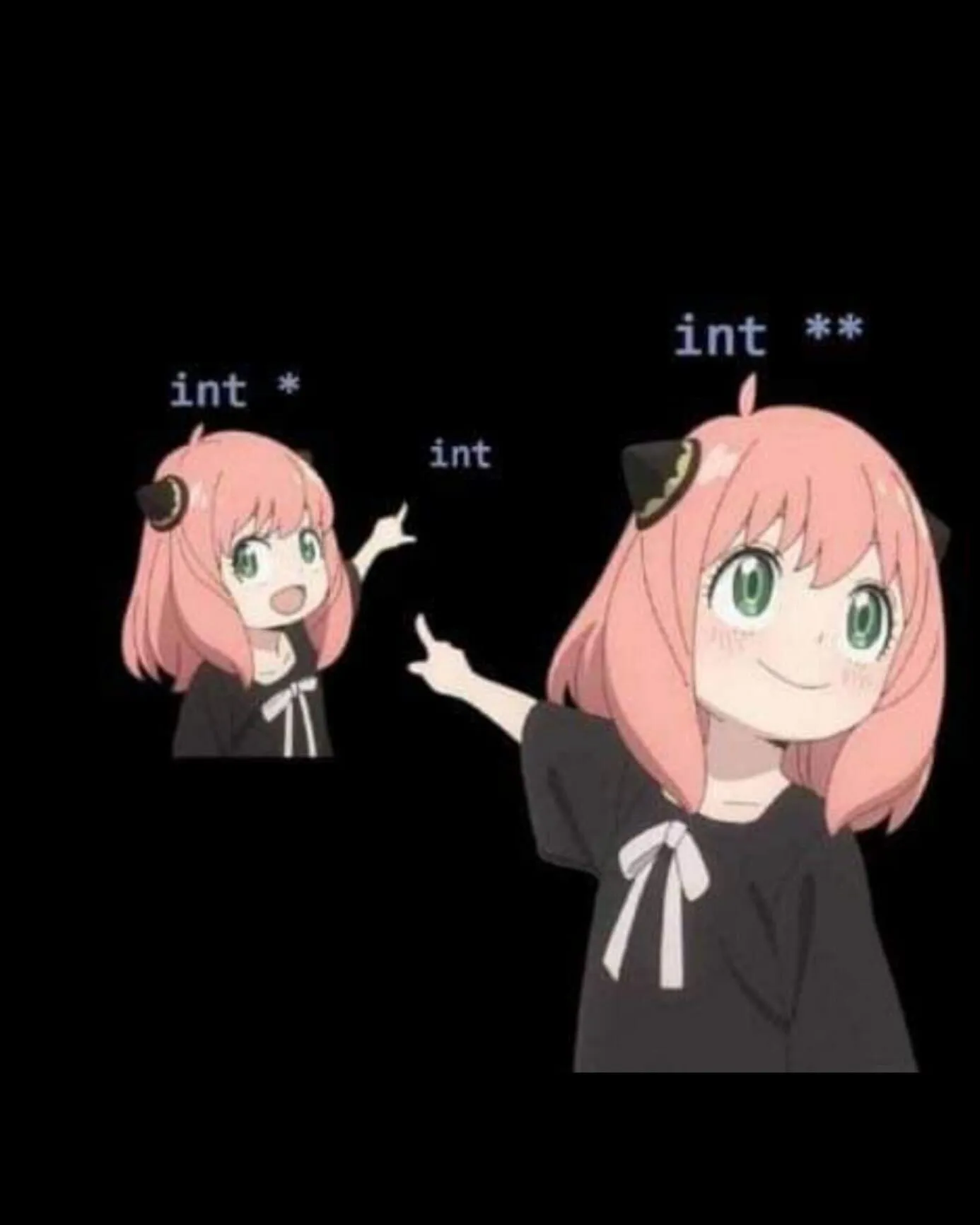Data Structures and Algorithms - More About Pointers
Address of operator: & Example: int y = 10; int *x = &y; Here the & operator gets the address of the variable y and stores it in the pointer x.
Indirection operator: * it is used to access and update the value stored at the address which is stored in the pointer this operator is being used for.
Function pointer
We can use a function pointer to pass a function to another function like a variable.
To declare a function pointer we write it as
return_type *function_name(parameter_1_type, parameter_2_type...)Example:
#include<stdio.h>
int add(int a, int b){
return a+b;
}
int subtract(int a, int b){
return a-b;
}
// here f is a function pointer
int operation(int a, int b, int *f(int,int)){
return f(a,b);
}
int main(){
int x = 5,y = 3,z,w;
z = operation(x,y,add); //passing the add function to the function poitner
w = operation(x,y,subtract); //passing the subtract function to the pointer
printf("%d,%d",z,w);
return 0;
}You can use function pointers to pass functions for sorting to a sorting function.
Call by value vs Call by reference
Call by Value:
In call by value, a copy of the actual parameter is passed to the function. Changes made inside the function do not affect the original value of the variable.
#include <stdio.h>
void inc(int x) {
x++; //this change will only be in this function but not to the actual varibel
}
int main() {
int a = 5;
inc(a);
printf("Value of a: %d\n", a); // Output: 5
return 0;
}Call by Reference:
In call by reference, the address of the actual parameter is passed to the function. Changes made inside the function directly modify the original variable.
Example:
#include <stdio.h>
void inc(int *x) {
(*x)++; //this change will change the varibel x
}
int main() {
int a = 5;
inc(&a);
printf("Value of a: %d\n", a); // Output: 6
return 0;
}Pointer to structure
#include<stdio.h>
#include<string.h>
struct cat{
int a;
char b[10];
};
int main(){
struct cat x;
struct cat *y; //this is a pointer to the structure
x.a = 10;
strcpy(x.b, "Hello");
//to access the values inside the struct pointer we use the -> operator
printf("%d", y->a);
fputs(y->b);
return 0;
}Pointer to pointer
As the name suggests, pointer to pointer is a pointer which sotres the address of another pointer.
int **x; //this is a pointer to an integer pointer
int *y;
int z = 10;
y = &z;
x = &y; // the pointer to pointer x stores the address of the variable yFinally the meme you have been waiting for -
